Home>Home Maintenance>Drainage Considerations When Buying A House
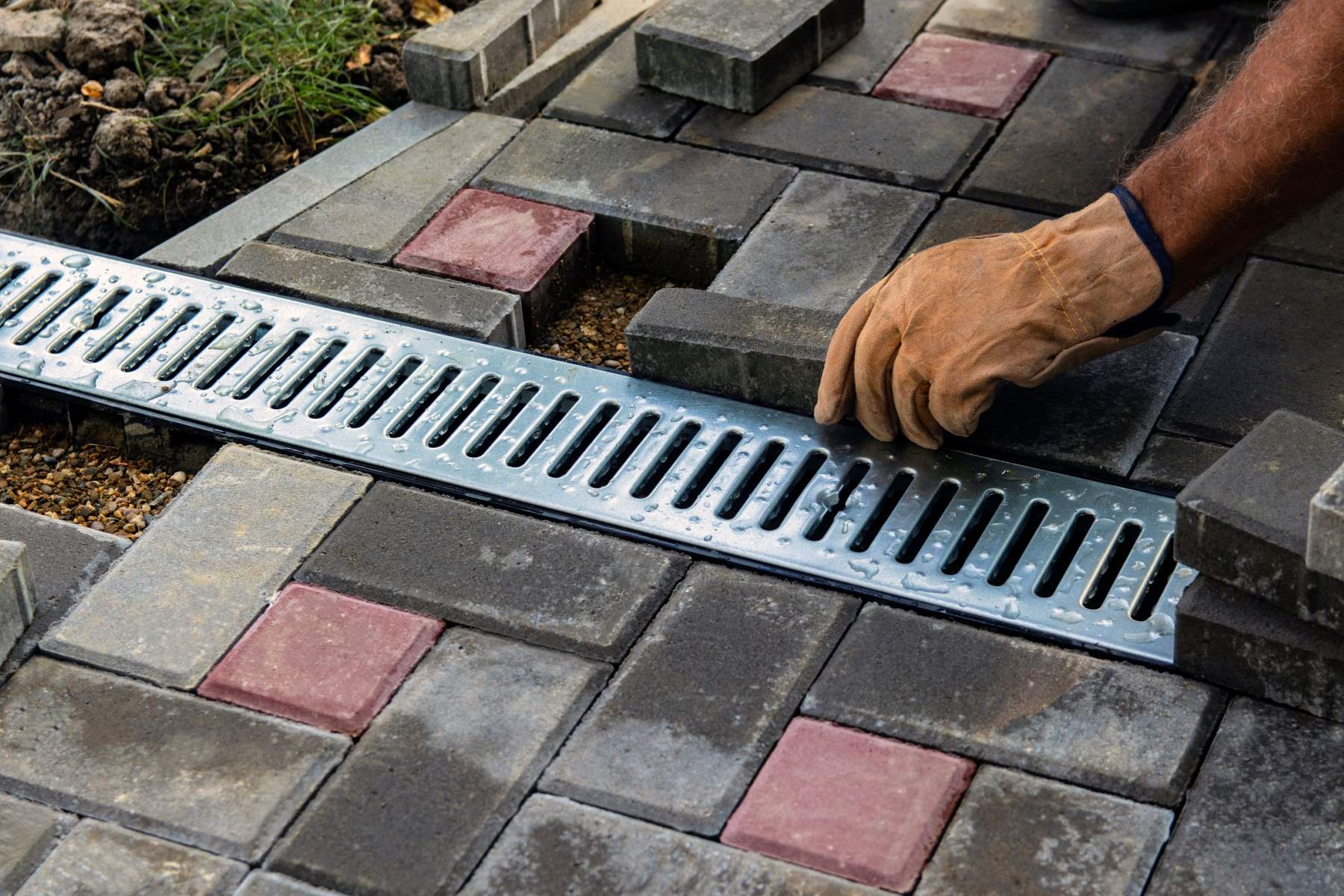

Home Maintenance
Drainage Considerations When Buying A House
Modified: March 7, 2024
Ensure proper drainage with these essential considerations when purchasing a house. Don't forget about the crucial element of home maintenance.
(Many of the links in this article redirect to a specific reviewed product. Your purchase of these products through affiliate links helps to generate commission for Storables.com, at no extra cost. Learn more)
Introduction
When buying a house, there are numerous factors to consider, from the location and size to the condition of the property. However, one crucial aspect that often goes overlooked is the drainage system. Proper drainage is essential for maintaining a dry and structurally sound home, as it prevents water from seeping into the foundation and causing costly damage.
In this article, we will explore the importance of drainage considerations when buying a house. We will discuss key areas to evaluate, signs of potential water damage, and drainage solutions that can help mitigate any issues. By understanding and addressing these factors, homebuyers can make informed decisions and avoid future headaches related to poor drainage.
Key Takeaways:
- Proper drainage is crucial when buying a house to prevent water damage, maintain a dry basement, and protect the property’s overall value. Evaluating grading, gutters, and signs of water damage is essential.
- Consulting with professionals and understanding drainage solutions and costs are vital for addressing drainage issues effectively. By taking proactive steps, homeowners can ensure a dry, secure, and structurally sound home.
Read more: House Floods When It Rains Due To Drainage
Importance of Drainage Considerations
Drainage considerations should be a top priority when buying a house, as they have a significant impact on the property’s long-term stability and value. Here are a few reasons why drainage is crucial:
1. Preventing water damage: Proper drainage ensures that rainwater and groundwater are effectively removed from the property. Without adequate drainage, water can accumulate near the foundation, seep through cracks, and cause structural damage. This can lead to costly repairs and compromise the integrity of the entire house.
2. Maintaining a dry basement: A damp or flooded basement is a common issue in houses with poor drainage. Excessive moisture in the basement can lead to mold growth, musty odors, and damage to stored belongings. By ensuring efficient drainage, homeowners can keep their basements dry and usable.
3. Preserving the landscaping: Proper drainage not only protects the house but also the surrounding landscape. Excessive water accumulation can drown plants, erode soil, and damage outdoor structures. By redirecting water away from the property, homeowners can maintain a healthy and vibrant outdoor space.
4. Preventing foundation problems: Water is the biggest enemy of any foundation. When excess water is not properly drained, it can weaken the foundation and lead to cracks, uneven settling, and other structural issues. By addressing drainage concerns, homeowners can safeguard the integrity of their foundation, saving themselves from expensive repairs in the future.
5. Protecting the overall value of the property: A home with poor drainage can be a red flag for potential buyers and may even lead to difficulty in obtaining a homeowners insurance policy. By considering drainage as a critical aspect of the home-buying process, buyers can make an informed decision and avoid long-term financial and structural issues.
With these points in mind, it is evident that drainage considerations should never be overlooked when buying a house.
Evaluating the Exterior Grading
One of the first areas to assess when considering drainage is the exterior grading of the property. Grading refers to the slope or incline of the land surrounding the house. Here’s why evaluating the exterior grading is essential:
1. Proper water runoff: The grading should be designed in a way that promotes water runoff away from the foundation. Ideally, the ground should slope downward at least 6 inches within the first 10 feet away from the house. This helps prevent water from pooling near the foundation and seeping into the basement or crawl space.
2. Inspecting surface water: During a rainfall, take note of how water flows on the property. Look for any areas where water tends to pool or accumulate. These can be indications of poor grading or insufficient drainage and may require further investigation.
3. Landscaping considerations: Pay attention to any landscaping features, such as flower beds or retaining walls, that may impact the grading. Ensure that these features are properly designed to prevent water from flowing toward the house.
4. Addressing soil erosion: Check for signs of soil erosion around the foundation. If you notice exposed roots, bare spots, or eroded soil, it could be an indication of poor grading or water flow issues.
5. Professional evaluation: Consider consulting with a professional landscaper or civil engineer to assess the exterior grading. They can provide expert advice on whether any corrective measures, such as regrading or installing drainage systems, are necessary.
Evaluating the exterior grading is a critical step in assessing the overall drainage of a property. By ensuring proper slope and water runoff, homeowners can minimize the risk of water-related damage and maintain a dry and secure home.
Examining the Gutters and Downspouts
Another vital aspect to consider when evaluating the drainage of a house is the condition of the gutters and downspouts. Gutters and downspouts play a crucial role in directing rainwater away from the house. Here’s why examining them is important:
1. Check for debris: Start by inspecting the gutters for any leaves, twigs, or other debris that may be blocking the flow of water. Clogged gutters can lead to overflow and water pouring down the sides of the house, causing potential damage to the foundation and basement.
2. Assess for damage: Look for any signs of damage to the gutters, such as cracks, rust, or loose sections. Damaged gutters can cause water to leak or overflow in unexpected areas, leading to problems with drainage and potential water damage.
3. Inspect downspouts: Verify that the downspouts are securely attached and in good condition. These vertical pipes are responsible for carrying water from the gutters down to the ground. Make sure they are clear of any clogs and are directing water away from the foundation.
4. Consider gutter extensions: If the downspouts do not extend far enough away from the house, the water can pool and seep into the foundation. Install gutter extensions if necessary to ensure that the water is directed at least 5 feet away from the house.
5. Maintain regular cleaning: Gutters and downspouts should be cleaned regularly to prevent blockages. Consider scheduling seasonal cleanings or invest in gutter guards to minimize the accumulation of debris.
By carefully examining the condition of the gutters and downspouts, homeowners can identify any potential issues that may impede proper drainage. Regular maintenance and upkeep of these components are crucial for effective water management and protecting the integrity of the house.
Assessing the Basement or Crawlspace
When it comes to drainage considerations, assessing the basement or crawlspace is vital as they are the areas most susceptible to water damage. Here are key points to consider:
1. Look for signs of water intrusion: Inspect the walls and floors for any signs of moisture, discoloration or water stains. These can indicate past or current water intrusion issues. Pay attention to any musty odors, which may suggest the presence of mold or mildew.
2. Check for cracks or leaks: Examine the walls, floors, and foundation for any visible cracks or gaps. These can be potential entry points for water and should be addressed to prevent further damage.
3. Inspect sump pump and drainage systems: If the property has a basement, check the operation and condition of the sump pump and any other drainage systems. Ensure that they are functioning correctly and have been well-maintained. A malfunctioning sump pump or inadequate drainage systems can lead to flooding and extensive water damage.
4. Evaluate the condition of the basement or crawlspace: Assess the overall condition of the space, including insulation, ventilation, and moisture barriers. Proper insulation and ventilation can help prevent excessive moisture buildup and reduce the risk of mold or mildew growth.
5. Consider a professional inspection: If you have concerns about the basement or crawlspace, consider hiring a professional home inspector or waterproofing specialist. They can provide a comprehensive assessment of the area and identify any existing or potential drainage issues.
By thoroughly assessing the basement or crawlspace, potential buyers can gain valuable insights into the property’s drainage situation and potential risks of water damage. This information is crucial for making informed decisions and taking appropriate measures to mitigate any concerns.
When buying a house, always consider the drainage system. Look for proper grading, gutters, and downspouts to prevent water damage and flooding.
Read more: Home Inspection When Buying A House
Looking for Signs of Water Damage
When buying a house, it’s essential to keep an eye out for signs of water damage. Water damage can be costly to repair and may indicate underlying drainage issues. Here are some key indicators to look for:
1. Stains and discoloration: Check the walls, ceilings, and floors for any visible stains or discoloration. Water stains often appear as dark or yellowish patches and indicate prior water intrusion.
2. Peeling or bubbling paint: Paint that is cracking, peeling, or bubbling can be a sign of water damage. Moisture can cause paint to lose its adhesion and separate from the underlying surface.
3. Warped or buckling flooring: Examine the flooring for any signs of warping or buckling, especially in areas prone to water exposure, such as bathrooms, kitchens, or basements. This can indicate excess moisture or water damage beneath the surface.
4. Mold and mildew growth: Look for visible signs of mold or mildew, such as black or green spots, musty odors, or a dank smell. These indicate excessive moisture and poor ventilation, which can be a result of drainage issues.
5. Deterioration of wood or materials: Inspect wooden surfaces, such as windowsills, doors, and baseboards, for any signs of rot, decay, or deterioration. Water damage can cause wood to soften, warp, or develop mold or fungus.
6. Musty odor: Pay attention to any unusual or persistent musty odors, especially in basements or crawlspaces. Musty smells are often an indication of hidden moisture or mold growth.
7. Efflorescence: Look for white, powdery mineral deposits on the walls or floors. This buildup, called efflorescence, is caused by water evaporating and leaving behind minerals. It suggests ongoing or past water intrusion.
Identifying signs of water damage is crucial in assessing the overall condition of a house and its drainage system. If you notice any of these indications, it’s important to further investigate and address the underlying causes before making a purchase decision.
Checking the Drainage System
When buying a house, it’s important to thoroughly assess the drainage system to ensure its effectiveness in managing water flow. Here are key steps to take in checking the drainage system:
1. Inspect the downspout extensions: Check that the downspout extensions are securely connected and directing water away from the foundation. Ensure that they are long enough to carry the water at least 5 feet away from the house.
2. Look for proper grading: Examine the ground around the house to ensure it slopes away from the foundation. Look for any areas where water may accumulate or flow towards the house, indicating poor grading.
3. Assess the condition of catch basins and drains: If the property has catch basins or drains, inspect them for any signs of damage, such as cracks or blockages. Clear any debris or sediment that may be obstructing proper water flow.
4. Check for functional French drains: If the property has a French drain system, ensure that it is properly functioning. French drains are designed to collect and redirect excess groundwater away from the house. Test the drainage by pouring water into the drain and observing how it flows.
5. Observe the yard during rainfall: During a rainy day, observe how water flows through the yard. Look for areas where water collects or drains slowly, as this may indicate drainage issues that need to be addressed.
6. Consider the proximity of bodies of water: Take note of any nearby bodies of water, such as lakes, rivers, or streams. If the property is situated in a low-lying area or close to a water source, it may require enhanced drainage measures to prevent water intrusion.
7. Look for signs of erosion: Examine the landscape for signs of soil erosion, particularly near the foundation. Erosion can create voids and gaps that allow water to seep into the house.
Thoroughly checking the drainage system allows potential buyers to identify any existing or potential issues that may affect the property’s ability to effectively manage water. Addressing these concerns can prevent future water damage and ensure a dry and well-maintained home.
Understanding Drainage Solutions and Costs
When addressing drainage issues in a house, it’s important to understand the various drainage solutions available and the associated costs. Here are some common drainage solutions and their considerations:
1. Foundation grading: Grading the soil around the foundation can help improve drainage. This involves reshaping the landscape to ensure proper slope away from the house. The cost of foundation grading varies depending on the size of the area and the extent of grading required.
2. Gutter and downspout maintenance: Regular gutter cleaning and downspout maintenance are vital for proper water flow. DIY maintenance typically involves removing debris and ensuring clear passages. Professional gutter cleaning services may cost several hundred dollars depending on the size and complexity of the gutter system.
3. French drain installation: A French drain is a trench filled with gravel or perforated pipe that collects and redirects groundwater away from the house. The cost of installing a French drain system varies depending on the length, depth, and complexity of the system.
4. Sump pump installation: A sump pump is installed in the basement or crawl space to collect and pump out excess water. The cost of installing a sump pump typically includes the pump itself, excavation, and any necessary plumbing work. The total cost can range from a few hundred to several thousand dollars, depending on the complexity of the installation.
5. Drainage swales or berms: Swales or berms are engineered channels or ridges designed to redirect water flow and prevent pooling. The cost of creating drainage swales or berms depends on the size and complexity of the project.
6. Foundation waterproofing: If the property has a history of water intrusion or significant drainage problems, waterproofing the foundation may be necessary. This typically involves applying a waterproofing barrier to the exterior walls or installing an interior drainage system. The cost of foundation waterproofing can vary significantly depending on the size and condition of the foundation.
7. Consulting with professionals: It’s essential to consult with professionals, such as landscapers, waterproofing specialists, or civil engineers, to assess the drainage issues and provide appropriate solutions. The cost of professional consultations can vary, but it is a worthwhile investment to ensure effective and long-lasting drainage solutions.
It’s important to note that the costs mentioned here are approximate and can vary based on factors such as location, property size, and the severity of the drainage issues. Before undertaking any drainage solutions, it’s recommended to obtain multiple quotes and consult with professionals to determine the most suitable and cost-effective options for your specific situation.
Consulting with Professionals
When it comes to addressing drainage issues in a house, consulting with professionals is highly recommended. Here’s why seeking expert advice is important:
1. Expert assessment: Professionals, such as landscapers, waterproofing specialists, or civil engineers, have the knowledge and experience to accurately assess the drainage issues in a property. They can identify the root causes of the problems and provide informed recommendations for effective solutions.
2. Creative and tailored solutions: Professionals can offer innovative and personalized drainage solutions based on the specific characteristics of the house and the surrounding landscape. They can design and implement systems that address the drainage issues in the most efficient and aesthetically pleasing way.
3. Long-term cost savings: While professional consultation may involve an initial expense, it can result in long-term cost savings by avoiding unnecessary repairs or ineffective solutions. Professionals can help homeowners make informed decisions about the most cost-effective waterproofing and drainage measures for their specific situation.
4. Access to specialized equipment and materials: Professionals have access to specialized tools, equipment, and high-quality materials that may not be readily available to homeowners. They can ensure the use of proper materials and techniques to improve drainage and prevent future water-related issues.
5. Compliance with local regulations: Professionals are well-versed in local building codes and regulations related to drainage. They can ensure that any drainage solutions implemented comply with the necessary standards, obtaining the required permits if needed.
6. Peace of mind: Hiring professionals to address drainage issues can provide peace of mind, knowing that the work is being handled by qualified experts. Homeowners can trust that the solutions will be effective, reducing the risk of future water damage and associated problems.
When consulting with professionals, it’s important to research and select reputable and experienced individuals or companies. Seek referrals from friends, family, or trusted sources, and compare quotes to ensure you’re getting the best value for your investment.
By working with professionals, homeowners can gain valuable insights, tailored solutions, and long-term benefits when it comes to addressing drainage issues in a house. Their expertise and guidance can make a significant difference in maintaining a dry, structurally sound, and secure home.
Read more: How To Design Drainage For A House
Conclusion
Considering drainage is crucial when buying a house. Failing to address drainage issues can result in costly repairs, structural damage, and a compromised living environment. By taking the time to evaluate the exterior grading, examine the gutters and downspouts, assess the basement or crawlspace, and look for signs of water damage, potential buyers can make informed decisions and avoid potential headaches down the line.
The importance of an effective drainage system cannot be overstated. It helps prevent water damage, maintains a dry basement, preserves the landscaping, prevents foundation problems, and protects the overall value of the property. By identifying drainage issues early on, homeowners can take proactive steps to address them and minimize the risk of water-related damage.
Understanding drainage solutions and costs is essential in determining the most appropriate measures to take. From foundation grading and gutter maintenance to French drain installation and professional consultations, there are various options available for improving drainage. It’s crucial to consider the specific needs and budgetary constraints of each property when choosing the right solution.
Consulting with professionals is highly recommended when it comes to addressing drainage issues. Their expertise, personalized solutions, and access to specialized equipment ensure effective and long-lasting results. Hiring professionals not only provides peace of mind but also saves long-term costs by avoiding ineffective solutions and unnecessary repairs.
In conclusion, drainage considerations should never be overlooked when buying a house. By evaluating the grading, inspecting the gutters and downspouts, assessing the basement or crawlspace, and checking for signs of water damage, potential buyers can make informed decisions and take the necessary steps to mitigate drainage issues. By addressing these concerns, homeowners can safeguard their investment, maintain a dry and structurally sound property, and enjoy peace of mind for years to come.
Frequently Asked Questions about Drainage Considerations When Buying A House
Was this page helpful?
At Storables.com, we guarantee accurate and reliable information. Our content, validated by Expert Board Contributors, is crafted following stringent Editorial Policies. We're committed to providing you with well-researched, expert-backed insights for all your informational needs.
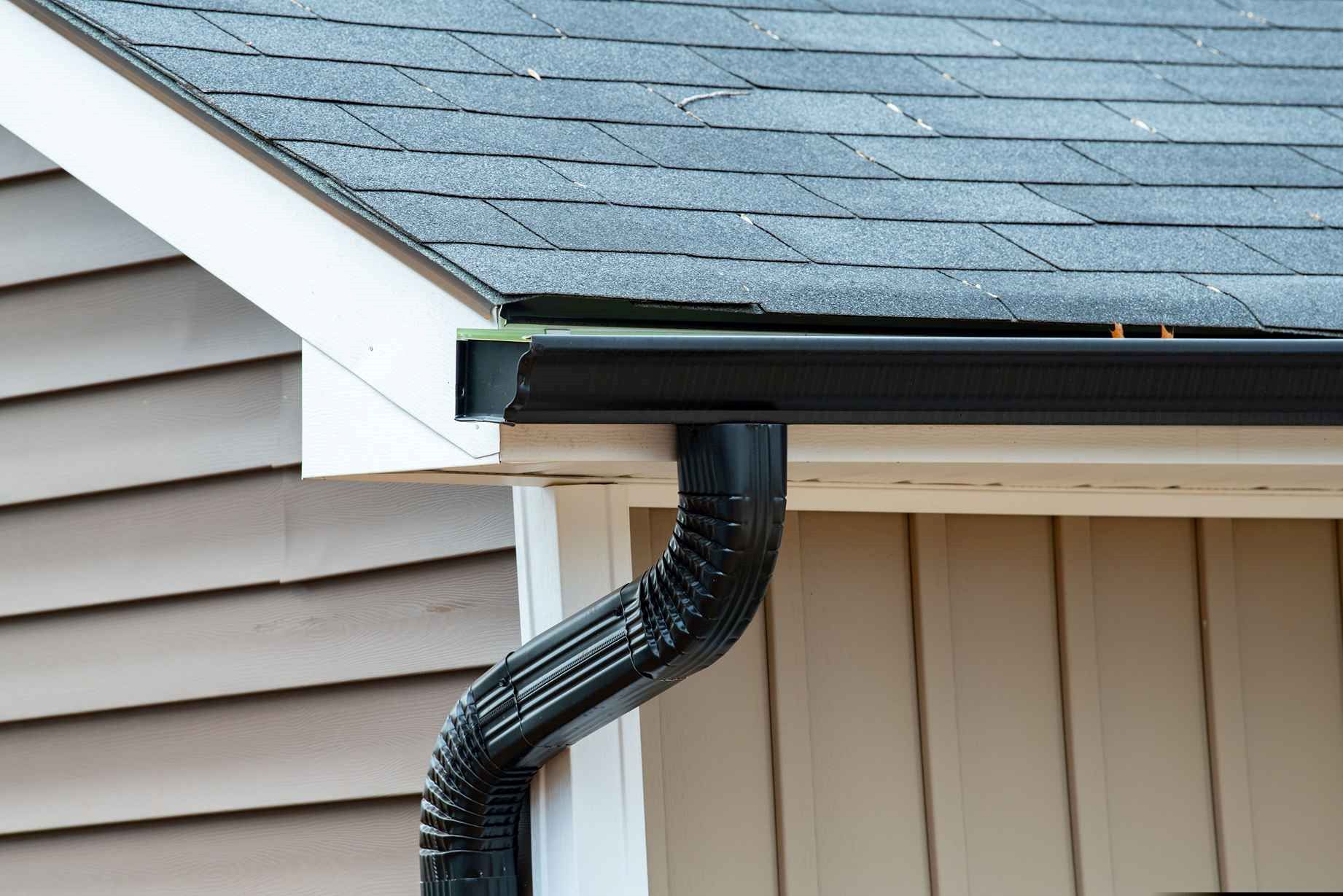
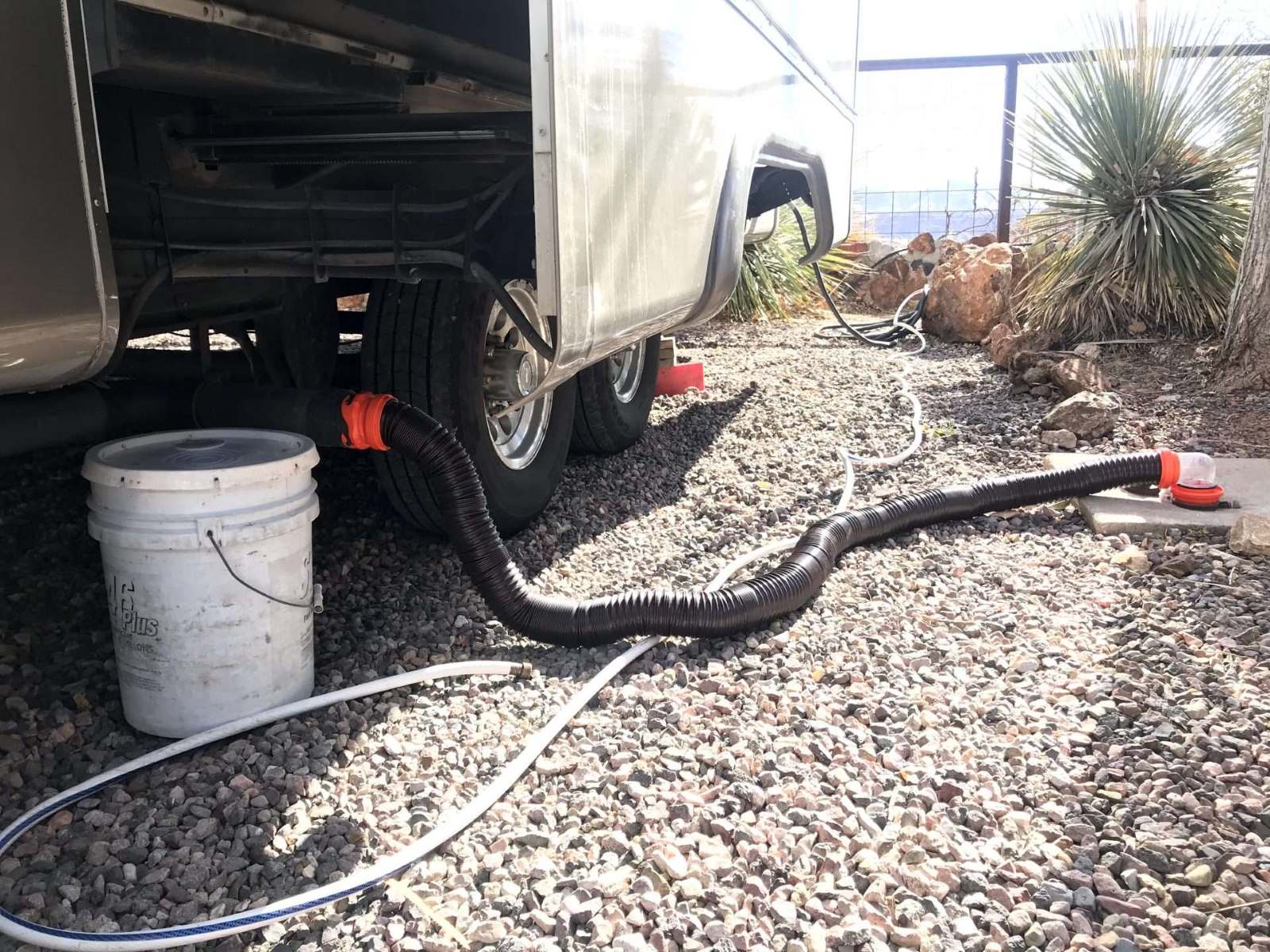


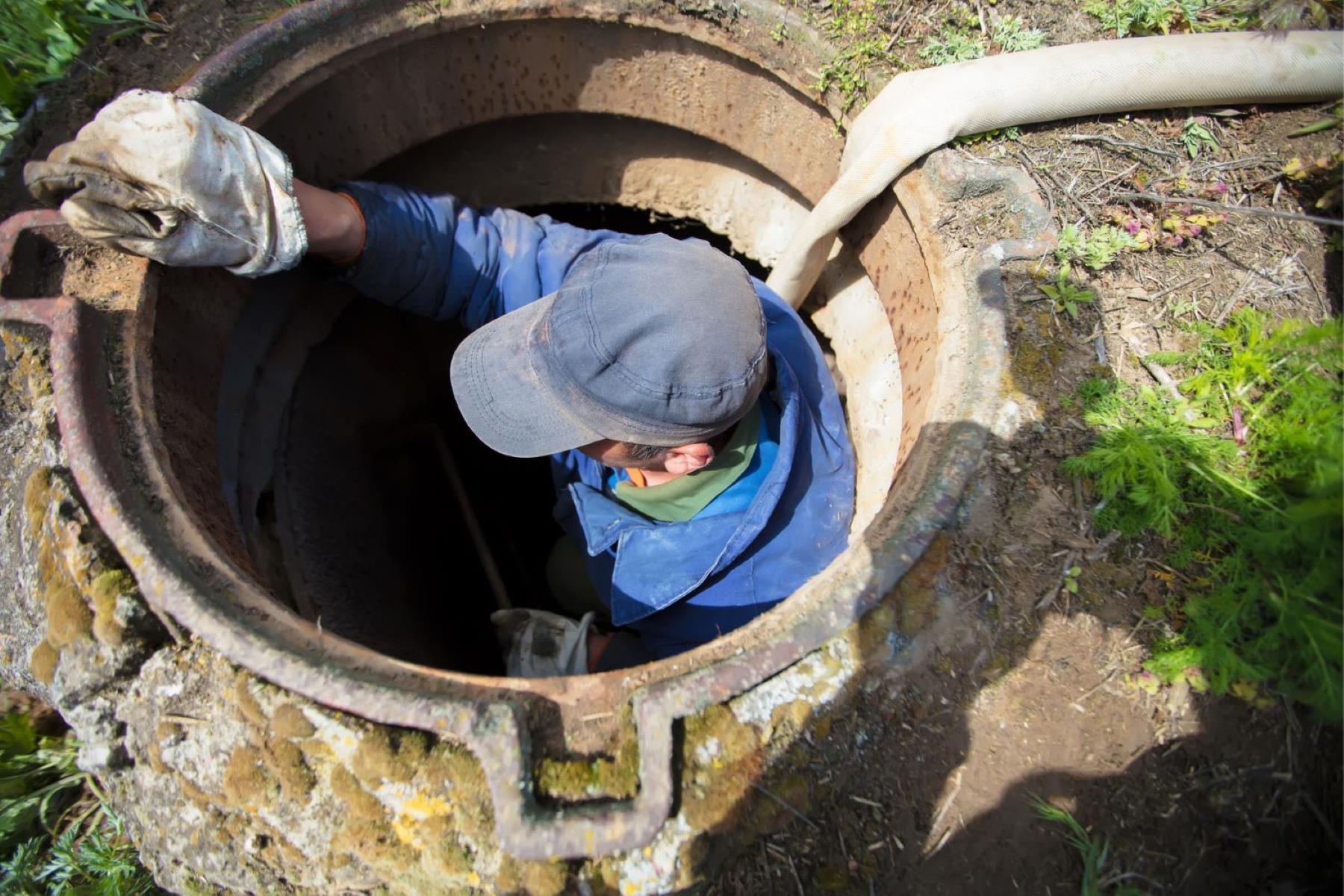
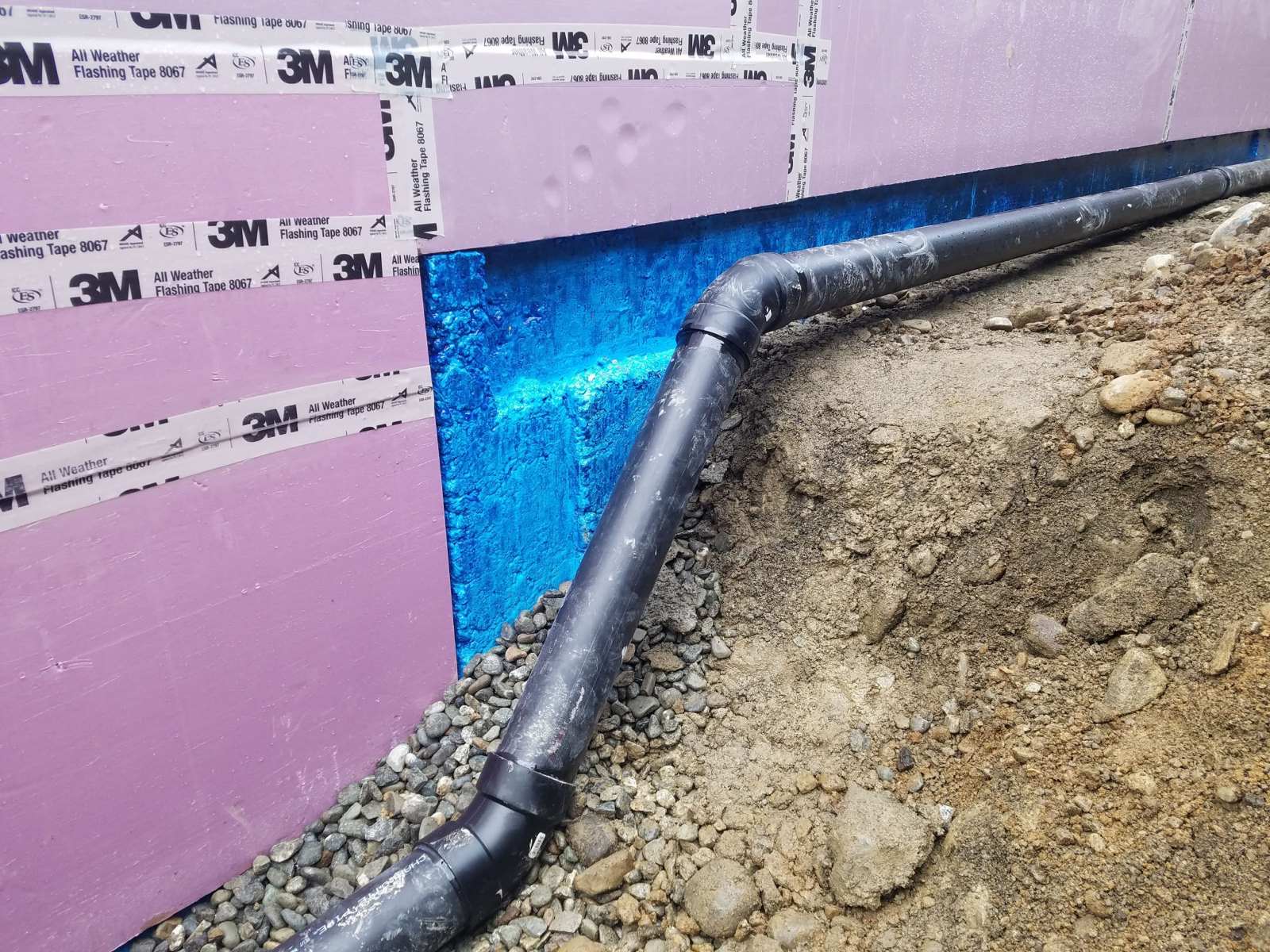
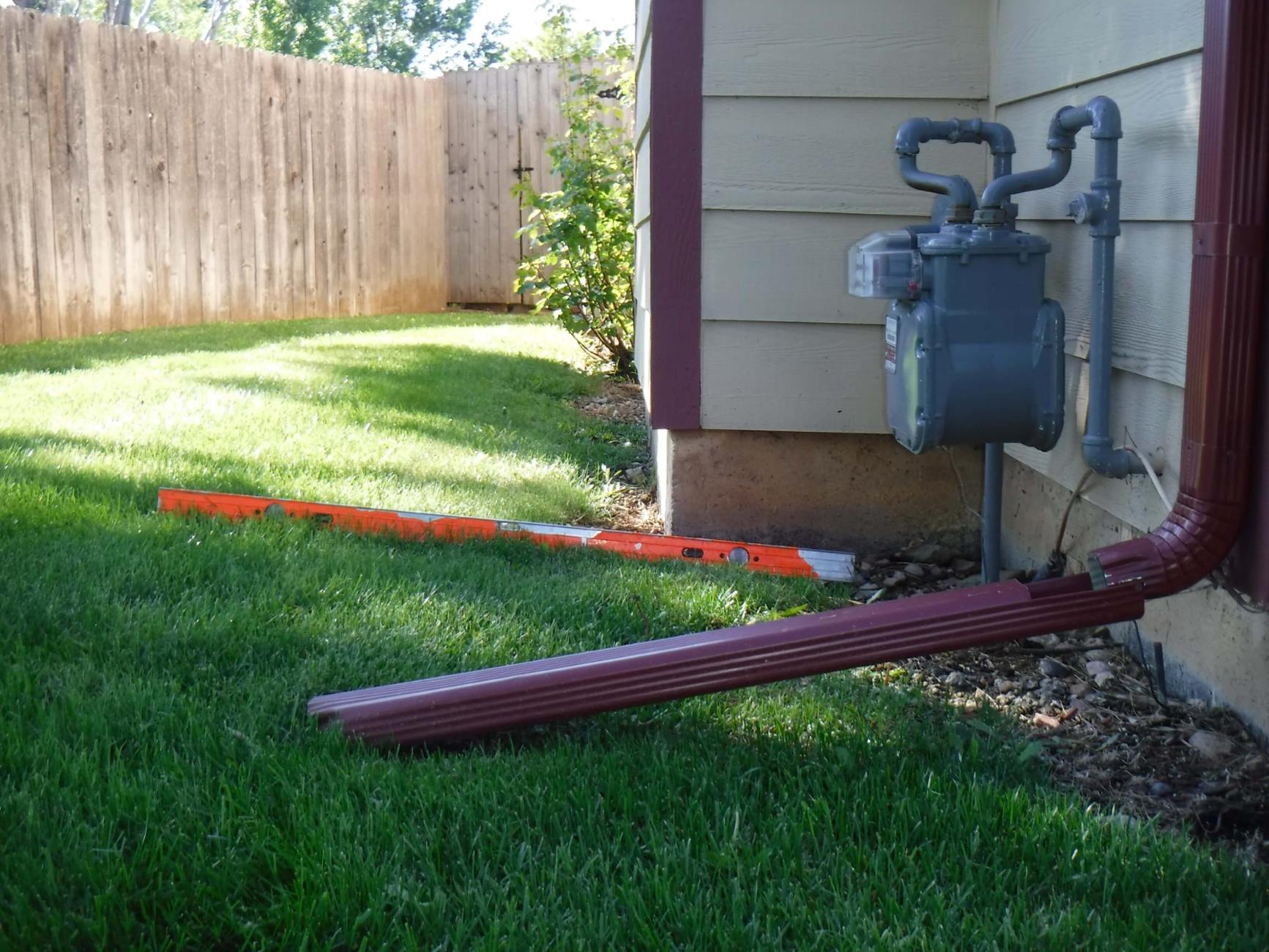
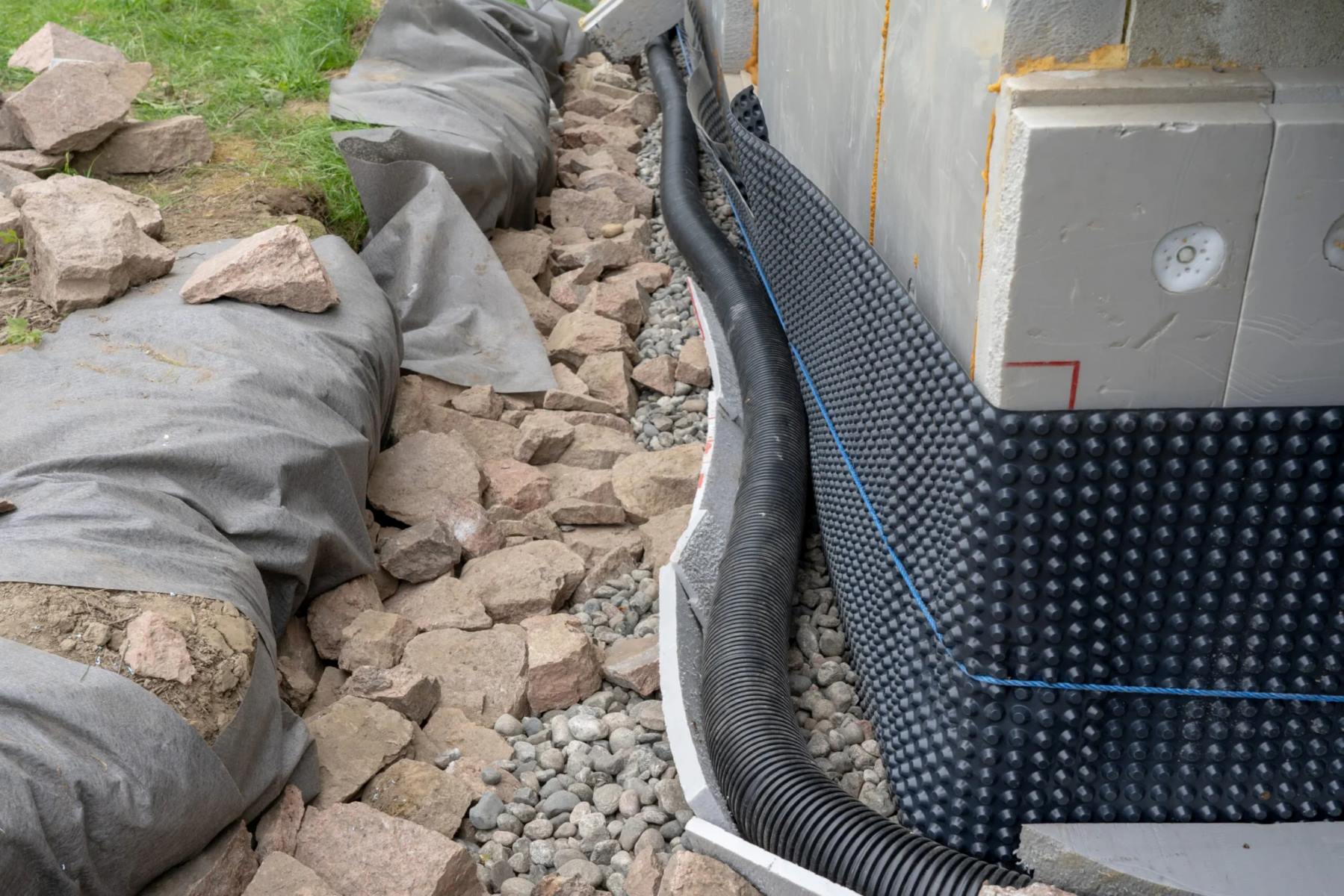
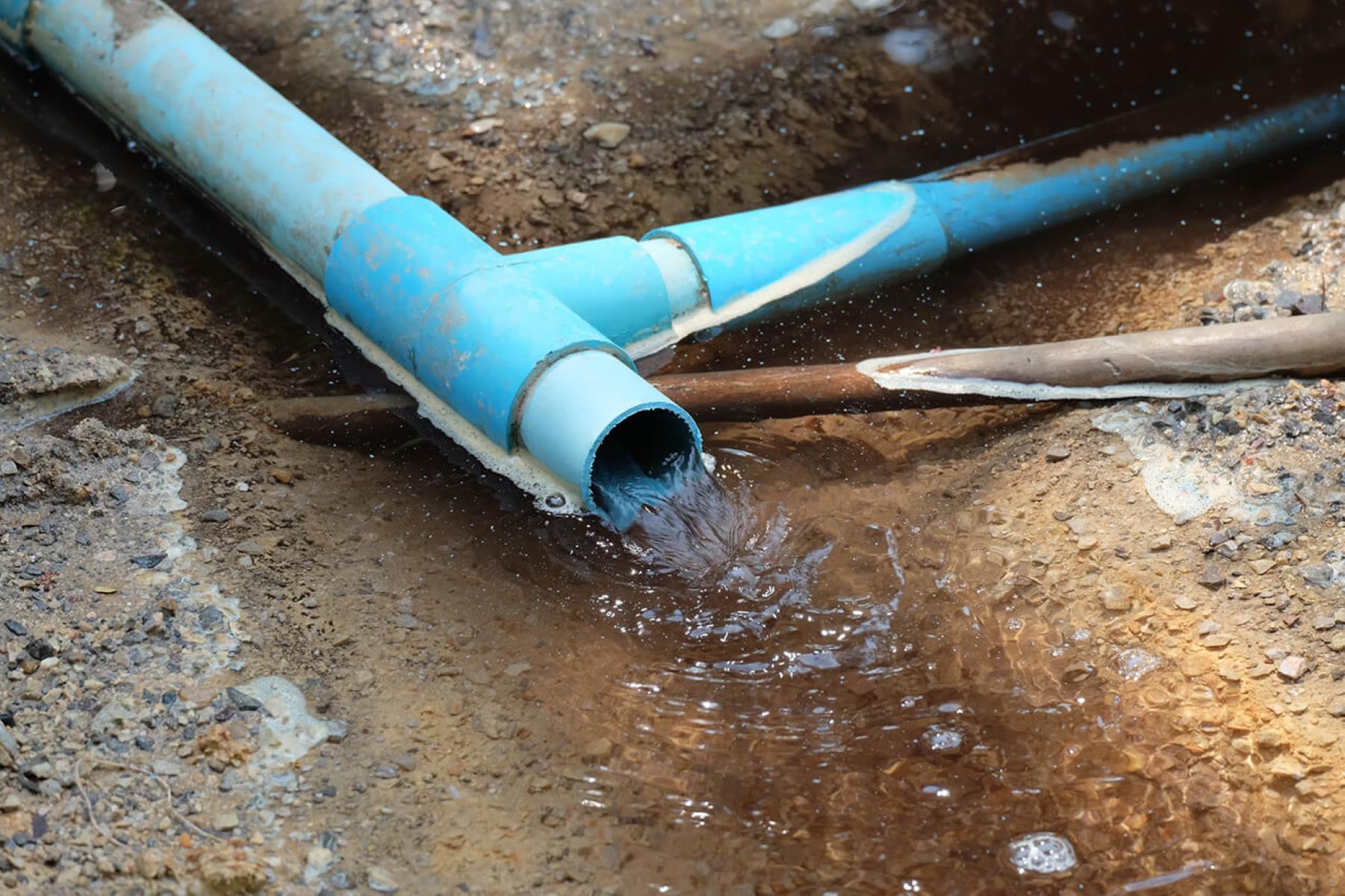
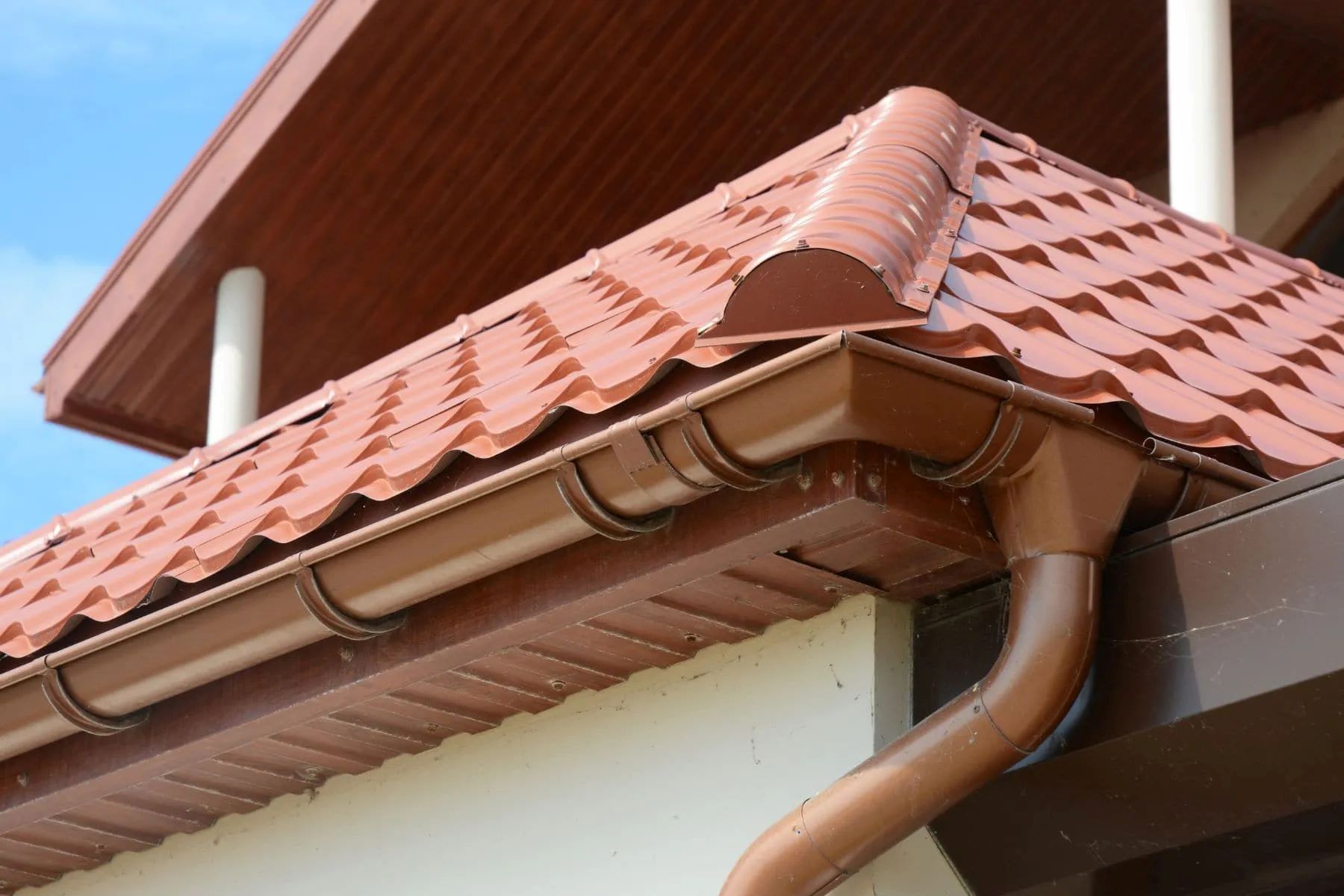
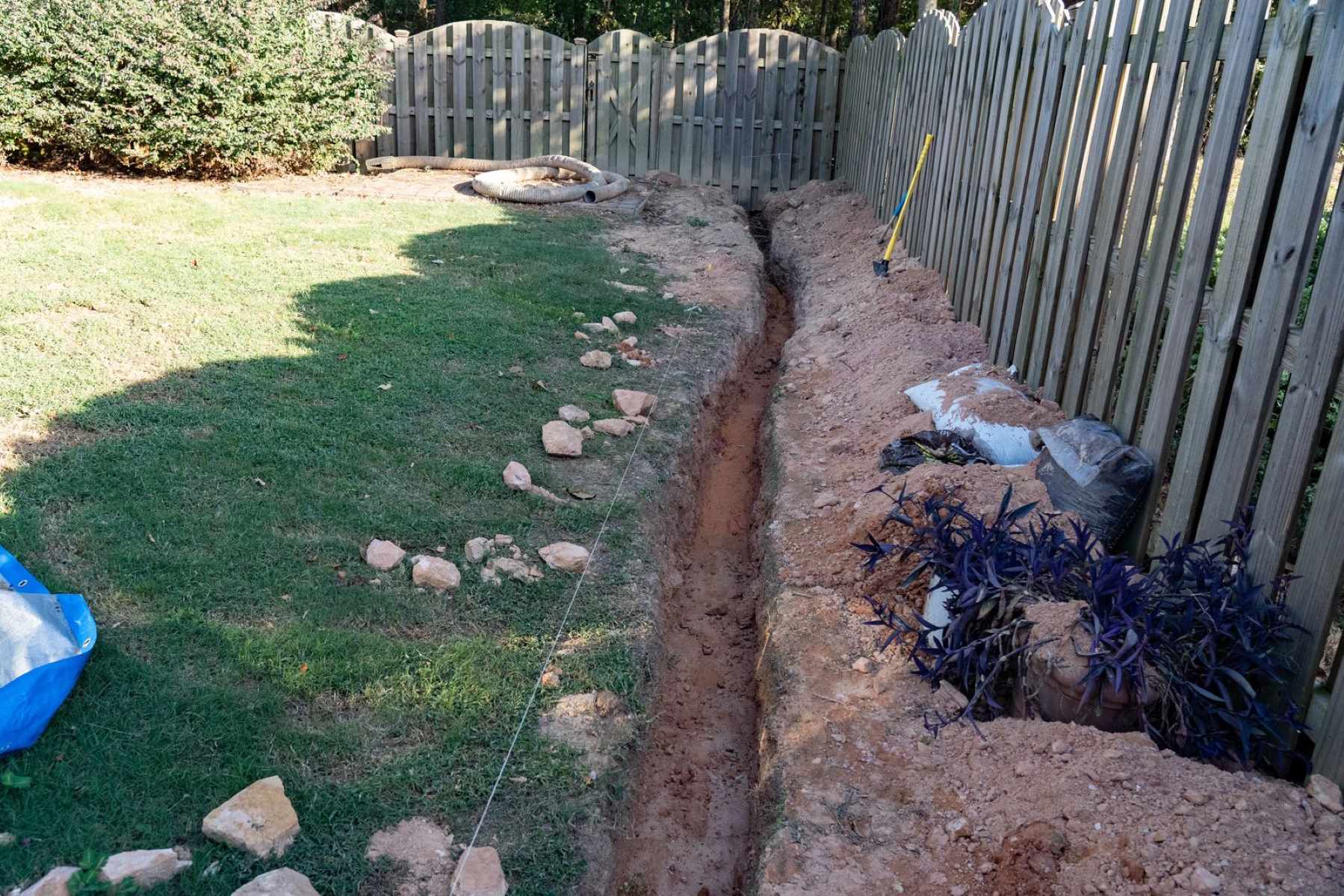

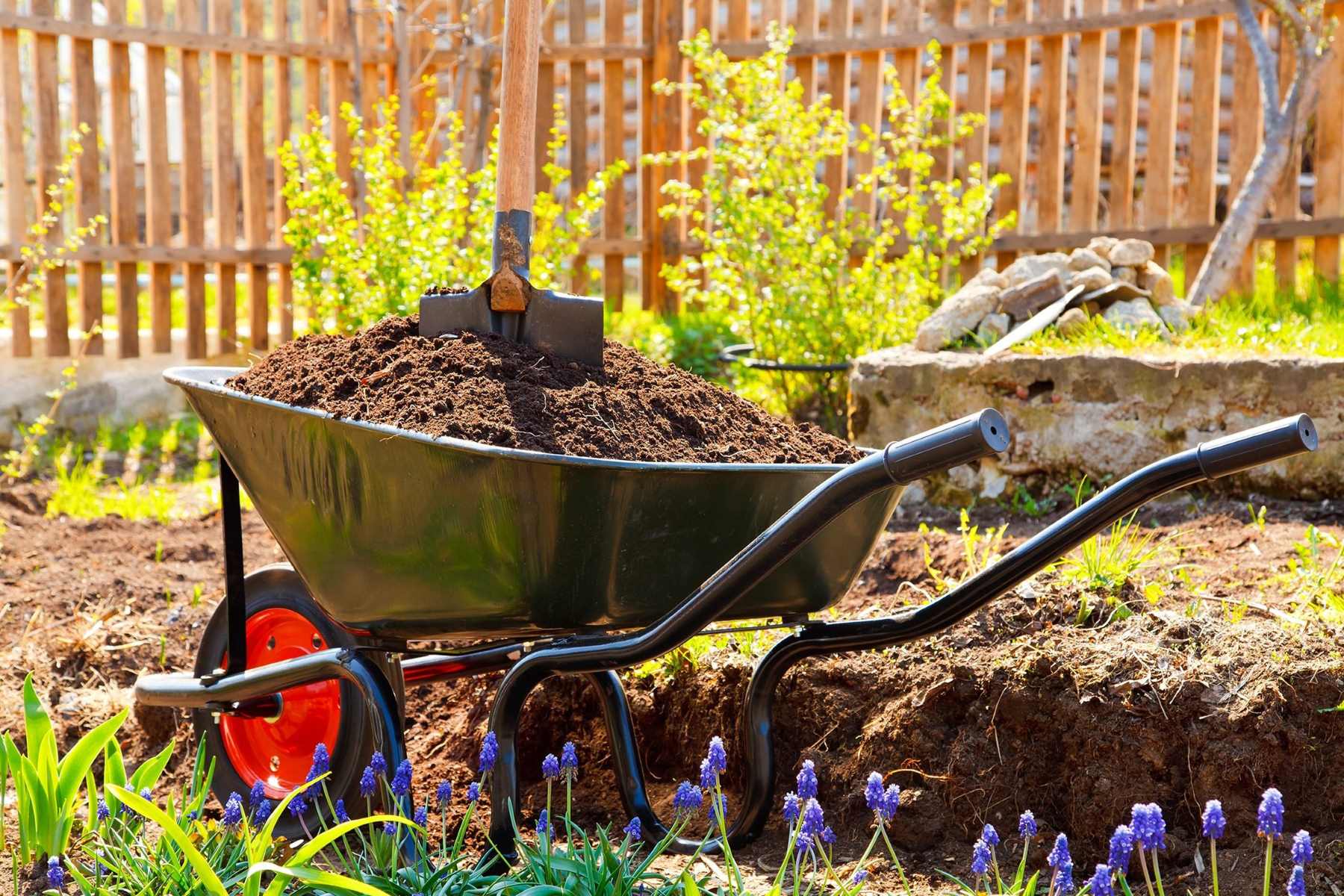

0 thoughts on “Drainage Considerations When Buying A House”